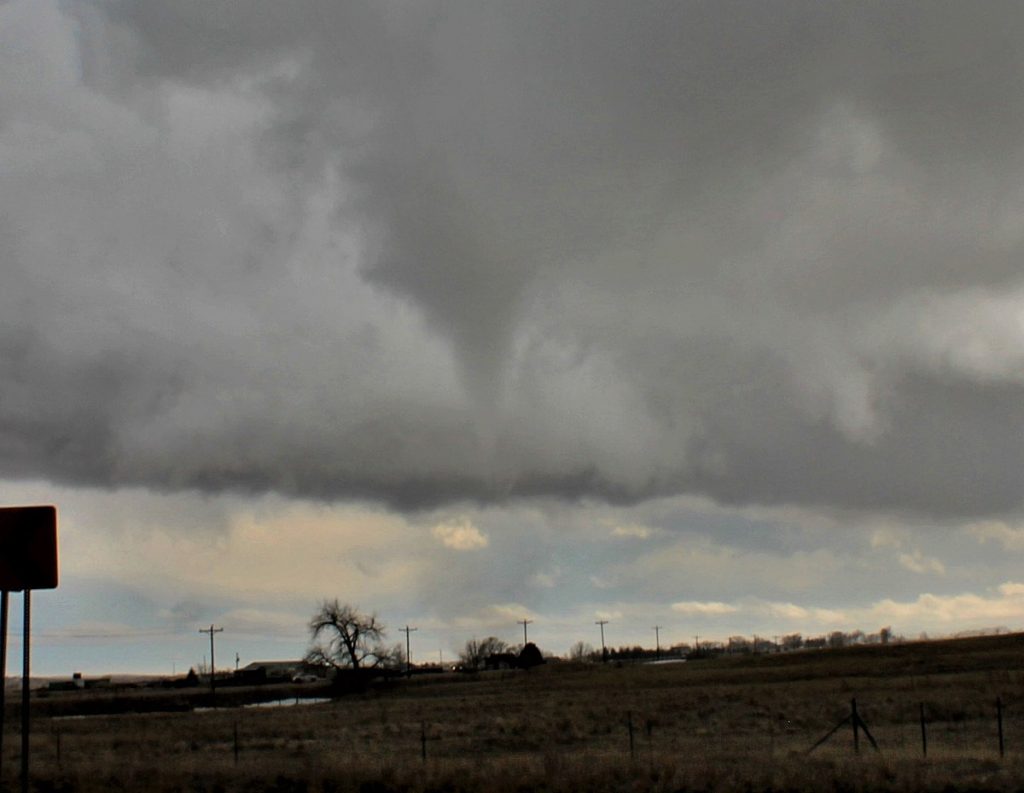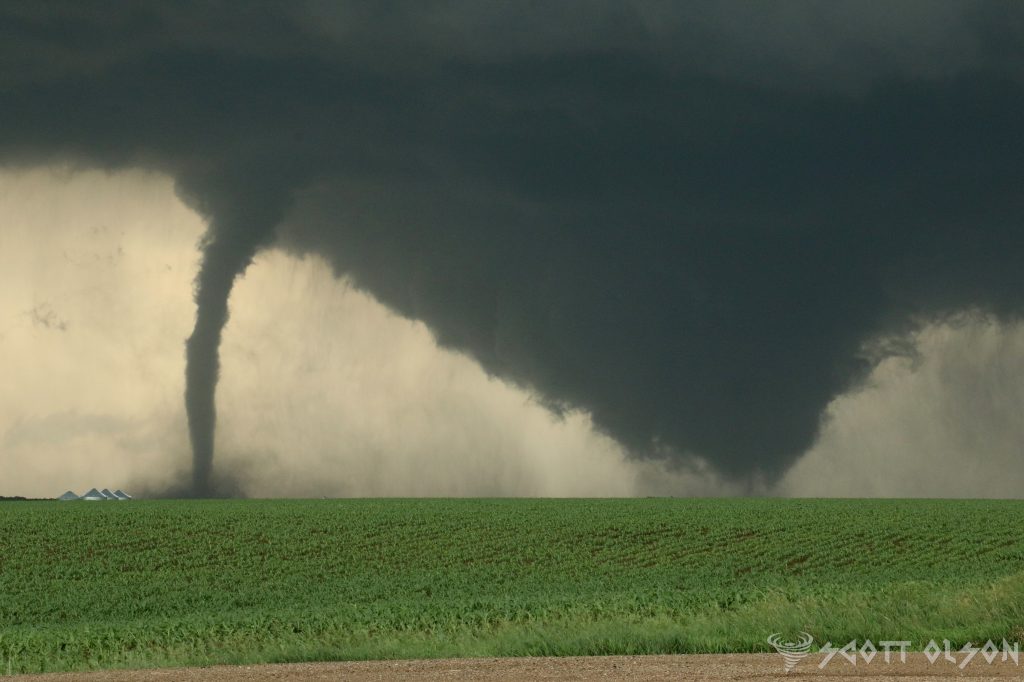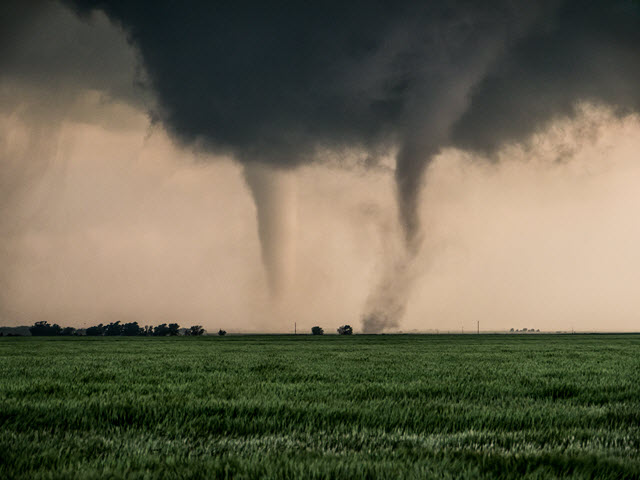Is it possible to have two tornadoes at the same time?

Tornadoes are one of the most destructive and fascinating weather phenomena on Earth. These rapidly rotating columns of air can cause significant damage and pose a serious threat to life and property. While most people are familiar with the concept of a single tornado, the question of whether two tornadoes can exist simultaneously is a topic of interest for meteorologists and weather enthusiasts alike. In this article, we will explore the possibility of concurrent tornadoes, focusing on the processes of cyclic tornadogenesis and occluding mesocyclones.

Cyclic Tornadogenesis: Cyclic tornadogenesis is a process by which a supercell thunderstorm produces multiple tornadoes over its lifetime. This phenomenon occurs when a supercell’s mesocyclone (a rotating updraft) undergoes a series of cycles, each producing a new tornado. As the first tornado dissipates, the mesocyclone reorganizes and gives birth to a subsequent tornado. This process can repeat several times, resulting in a series of tornadoes forming from the same parent supercell.
Research has shown that cyclic tornadogenesis is more likely to occur in environments with strong wind shear and high instability. A study by Adlerman and Droegemeier (2005) used high-resolution numerical simulations to investigate the mechanisms behind cyclic mesocyclogenesis. They found that the cycling process is driven by the interaction between the rear-flank downdraft (RFD) and the updraft, which leads to the formation of a new mesocyclone and subsequent tornadogenesis.
Occluding Mesocyclones and Simultaneous Tornadoes: An occluding mesocyclone is a mesocyclone that is in the process of dissipating, often due to the ingestion of cooler, more stable air from the rear-flank downdraft. During this occlusion process, it is possible for the original tornado to still be present while a new mesocyclone and tornado are forming. This scenario can lead to the presence of two simultaneous tornadoes.
On June 16, 2014, the town of Pilger, Nebraska, experienced a rare and devastating tornado event. Two tornadoes, both rated as violent EF-4, touched down simultaneously and caused significant damage to the town. This event is a notable example of simultaneous tornadoes occurring as a result of cyclic tornadogenesis.

The Pilger tornado event was well-documented by storm chasers and researchers, providing valuable data for studying the formation and evolution of these concurrent tornadoes. Wicker et al. (2015) analyzed the event using high-resolution radar data and found evidence of cyclic mesocyclogenesis. The study revealed that the two tornadoes formed from separate mesocyclones within the same supercell thunderstorm, with the second tornado developing as the first one was weakening.
The simultaneous occurrence of the Pilger tornadoes highlights the complexity of cyclic tornadogenesis and the potential for multiple tornadoes to form within a single supercell. This event also emphasizes the importance of advanced radar technology and real-time observations in understanding and forecasting these rare and dangerous phenomena.

Multi-Vortex Tornadoes: Multi-vortex tornadoes are another fascinating aspect of tornado dynamics. These tornadoes are characterized by the presence of multiple smaller vortices rotating around a central axis. While multi-vortex tornadoes are not the same as simultaneous tornadoes, they demonstrate the complex nature of tornado structure and the potential for multiple vortices to exist within a single tornado.
Agee et al. (1977) conducted one of the earliest studies on multi-vortex tornadoes, using photographs and films to analyze the structure and evolution of these tornadoes. They found that multi-vortex tornadoes often exhibit a cyclic behavior, with vortices forming, merging, and dissipating over time. This cyclic nature of multi-vortex tornadoes is similar to the cyclic tornadogenesis process observed in supercell thunderstorms.

More recent studies, such as those by Wurman and Kosiba (2013) and Wakimoto et al. (2016), have used high-resolution mobile Doppler radar data to investigate the dynamics of multi-vortex tornadoes. These studies have revealed the complex interactions between the main vortex and the smaller subvortices, as well as the role of surface friction and debris in modulating the structure and intensity of multi-vortex tornadoes.
The presence of multiple vortices can lead to more erratic and unpredictable tornado paths, as well as localized areas of intense damage. Additionally, the cyclic nature of multi-vortex tornadoes can make it challenging to issue timely and accurate warnings, as the tornado’s intensity and structure can change rapidly.
